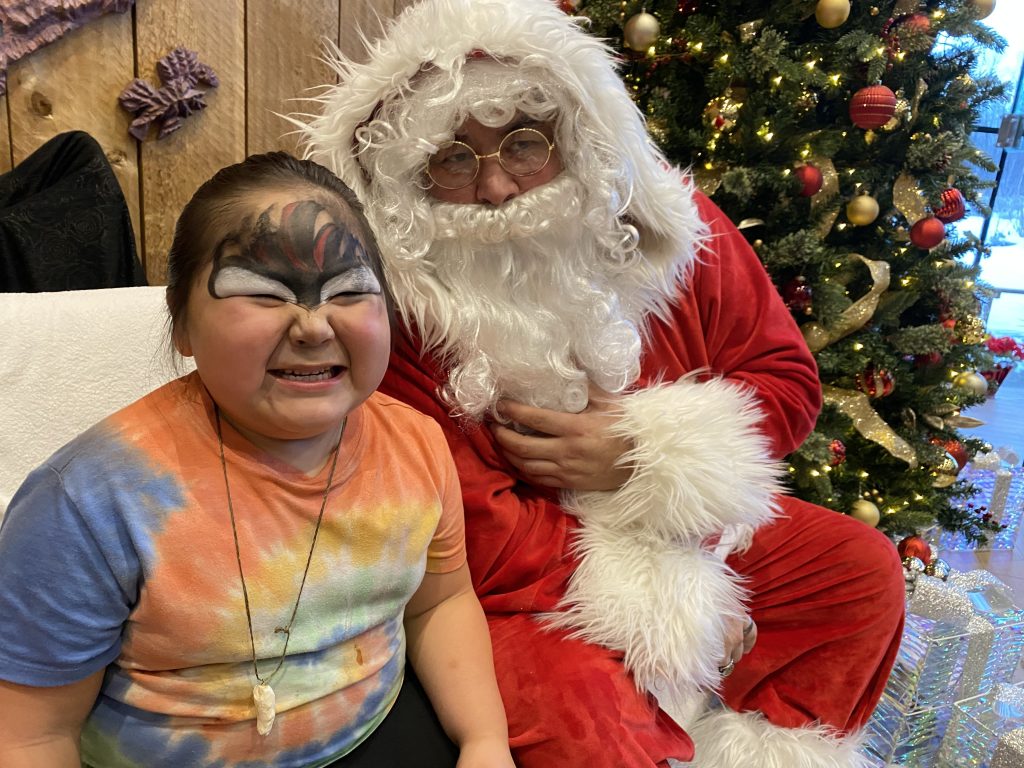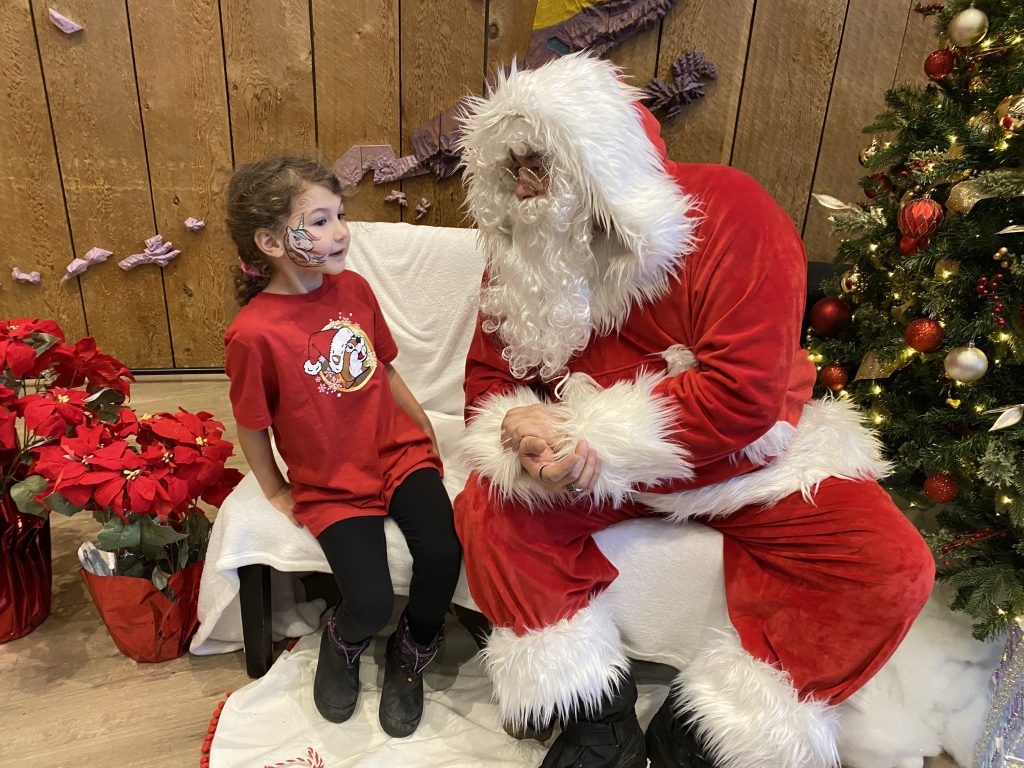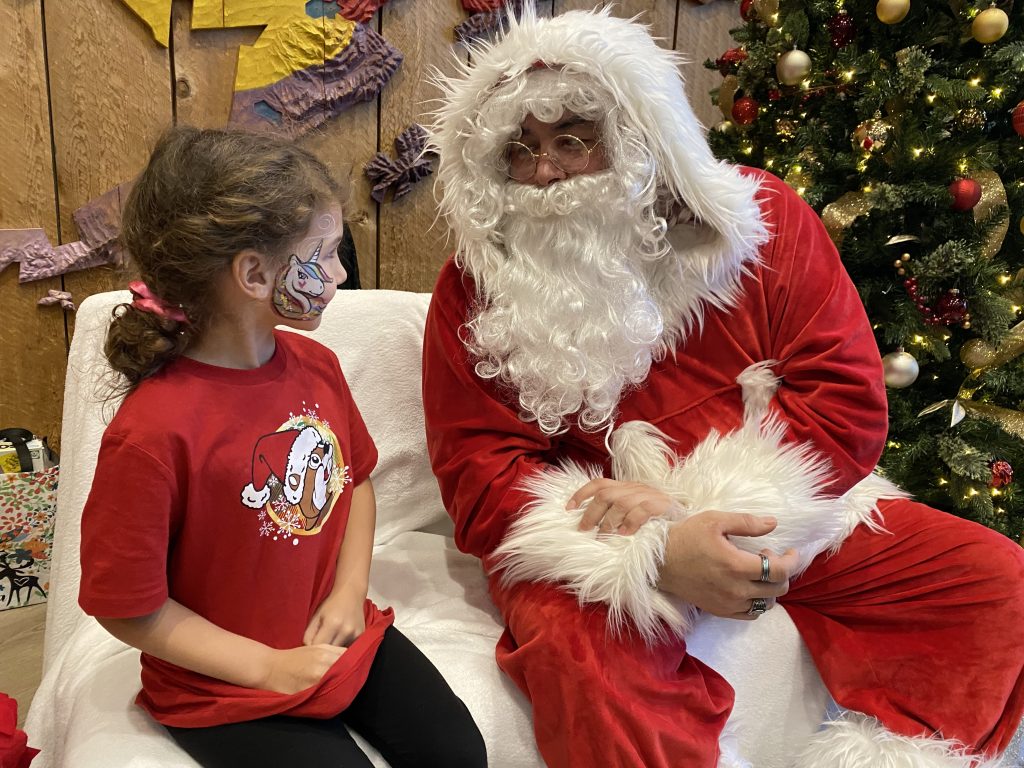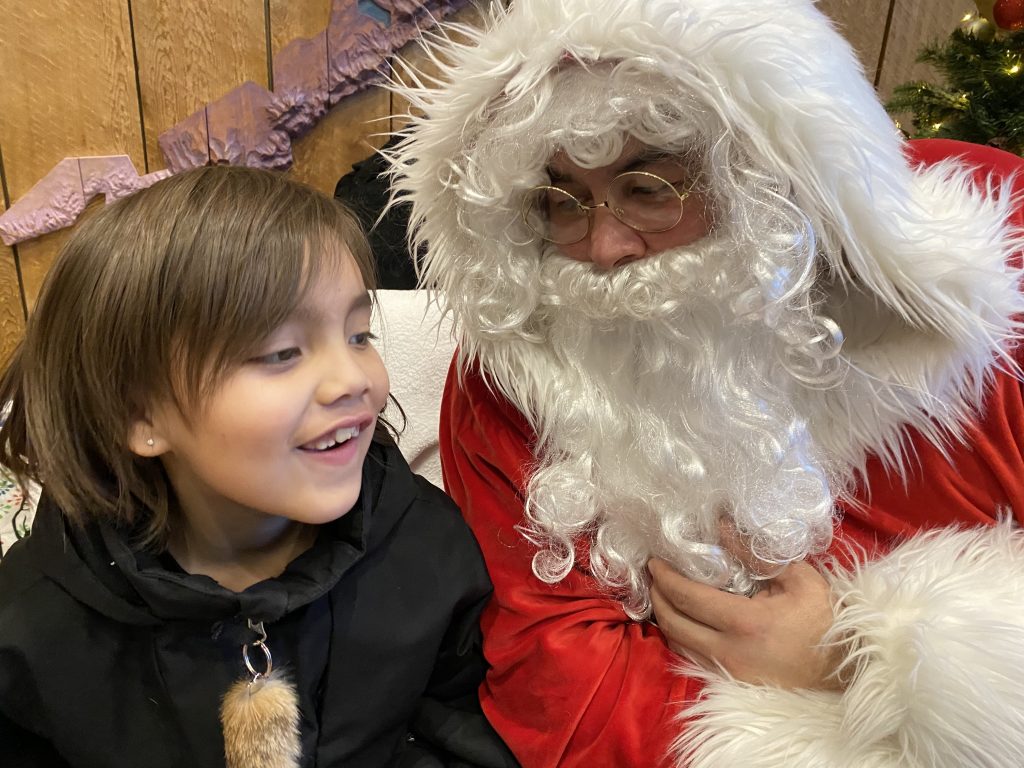Podcast: Play in new window | Download | Embed
Funding for the Indian Health Service has increased over the past decade, but the agency remains underfunded, which affects both the health and culture of South Dakota tribes.
Kathleen Shannon reports.
In 2021, the life expectancy of Native American or Alaska Native people in the U.S. was just over 65 years.
That’s 11 years less than non-Hispanic white people and the biggest gap since 1940.
Damon Leader Charge, director of tribal outreach for the Sanford School of Medicine at the University of South Dakota and former Tribal Health Administrator for the Rosebud Sioux Tribe, said the Indian Health Service must provide health care for Native people, but noted in a panel discussion care can be hard to get.
He noted people in his tribe who want to use the Indian Health Service to give birth have to travel 90 miles to Pine Ridge.
“We’re not having our babies within our tribal homelands. If our young parents don’t have those type of teachings, in terms of maternal child health, that baby, that Wakanyeja, that sacred being, is going to really start off on the wrong foot.”
Indian Health Service funding has increased 68% over the past decade, but experts said it is still too low.
In 2017, spending per capita was less than half the spending for veterans and less than one-third for Medicare, according to the National Council of Urban Indian Health.
DenYelle Kenyon, associate dean of community health and engagement at the University of South Dakota, said the problems are multipronged, so the solutions must be, too.
“In our state, the tribal lands have a ‘double whammy’ of facing both the historical piece and being rural. We really need to not only grow the hospitals and the providers, but approach this from that health equity lens.”
She stressed it means looking at social determinants of health, which include other qualities of life that relate to health, like access to healthy food – and educational and economic opportunities.

Upper Columbia River at Northport. (Courtesy Washington State Department of Ecology / Flickr CC)
The U.S. Environmental Protection Agency has officially added the Upper Columbia River to its Superfund priority clean up list.
Steve Jackson reports.
Beaches of the upper Columbia near Northport have been polluted by heavy metals like lead and arsenic for decades, primarily from a smelter located on the Canadian side of the border.
Studies of how to do remediation, and some actual clean up have been going on for a few years, but the official Superfund status will provide guaranteed funding for much more clean up, as well as help to coordinate the various studies on human and environmental health threats.
Casey Sixkiller, regional administrator for EPA Region 10, says both the Spokane and Colville Confederated Tribes have been supportive of adding the Superfund designation.
“Tribal members are hunting and fishing and they are consuming those resources and so the obviously have a vested interest in ensuring that the food their tribal members are consuming is not unhealthy for them.”
The Colville Tribes have been engaged in litigation for over 20 years with the Canadian company Teck to try to get them to take responsibility for the clean up of the area.
So far, EPA has cleaned up 59 residential properties in the area, and says at least 150 more need to be done.
The tribal radio station and National Native News affiliate KNNB, which serves the White Mountain Apache Tribe in Arizona, is broadcasting the Fiesta Bowl in the Apache language.
The broadcast will take place from the game in Glendale, Ariz., and will air on KNNB on the reservation.
The live broadcast will also be streamed online.
Two veteran local broadcasters, known for their coverage of high school sports, will deliver the college football commentary in Apache.
The tribe says the broadcast is historic, connecting the community to the college game, while showcasing the Apache language and culture on a national stage.
The college football quarterfinals is between Penn State and Boise State with kickoff Tuesday night.
Get National Native News delivered to your inbox daily. Sign up for our daily newsletter today.

 The Indian Health Service and the Chickasaw Nation are signing an agreement Monday for the development and operation of a new medical center in Newcastle, Okla.
The Indian Health Service and the Chickasaw Nation are signing an agreement Monday for the development and operation of a new medical center in Newcastle, Okla.







 Arizona State University has developed a new tool researchers hope will help analyze connections between illnesses and health determinants within Indigenous populations.
Arizona State University has developed a new tool researchers hope will help analyze connections between illnesses and health determinants within Indigenous populations.





